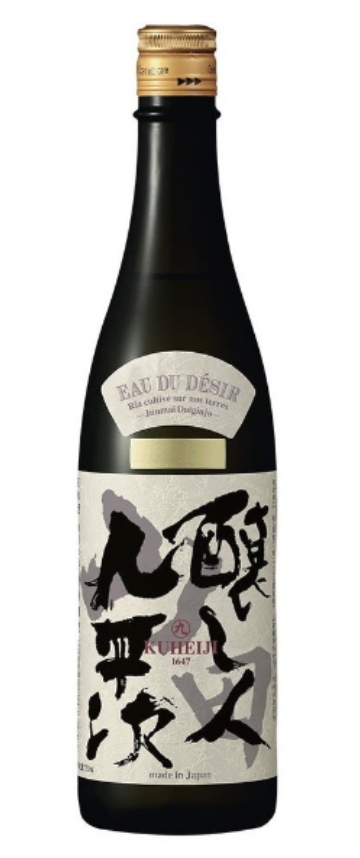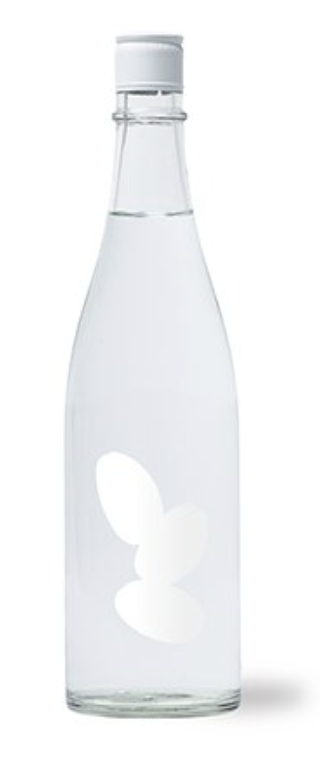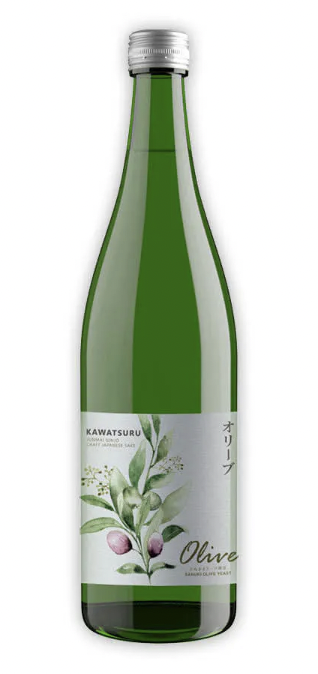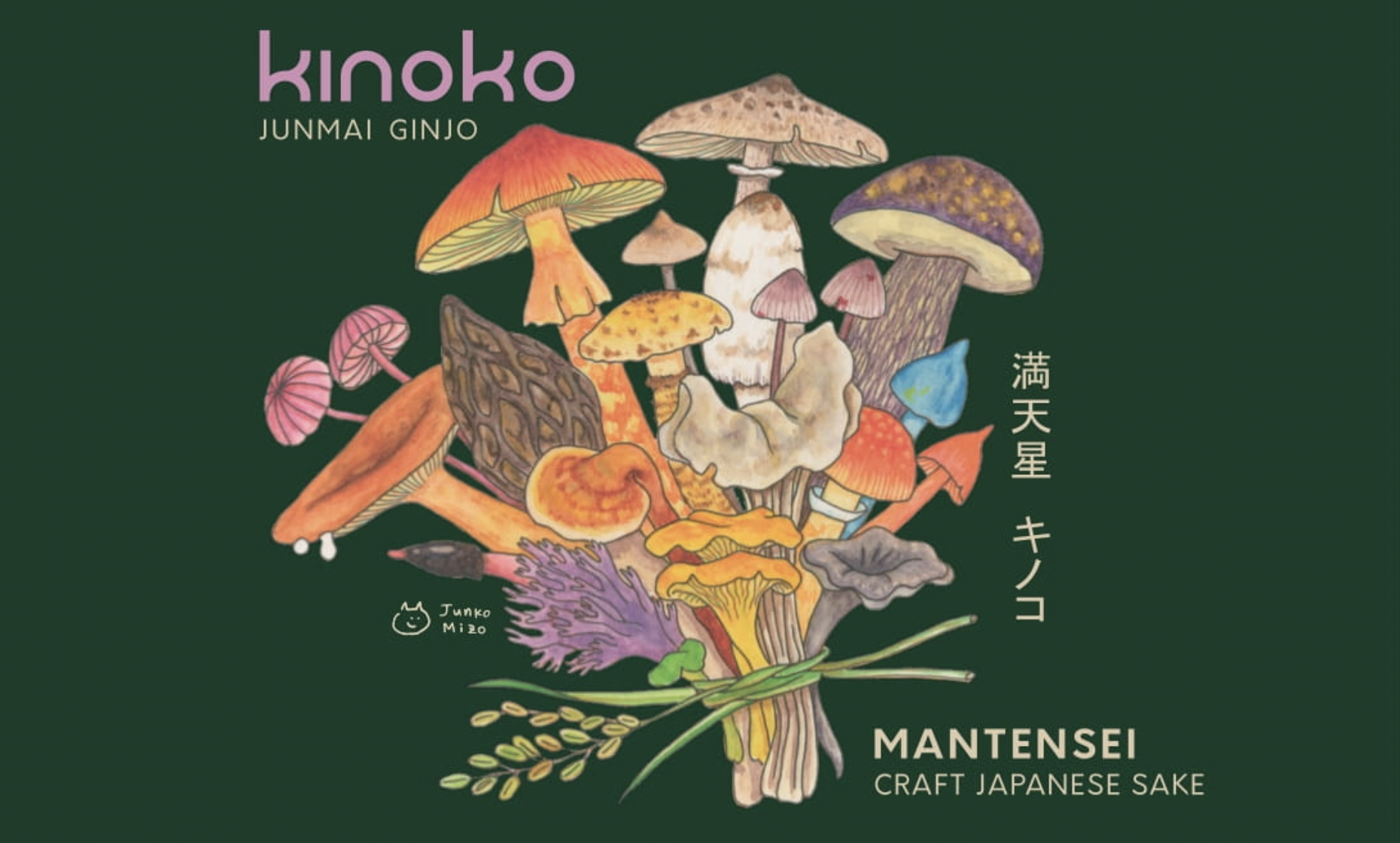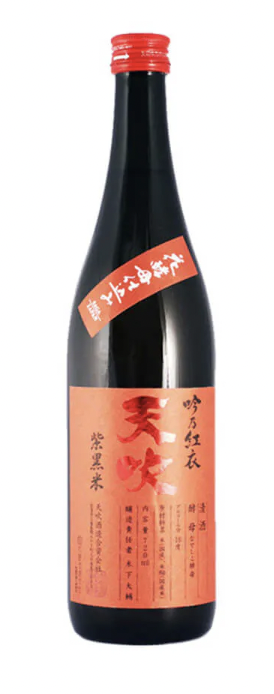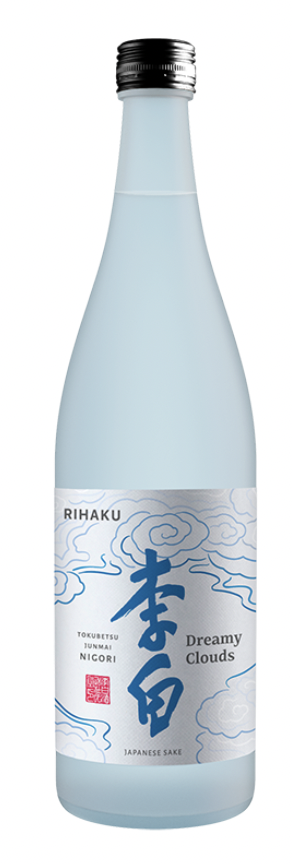May 15, 2024
Sake Tasting at Home
2022 Kuheji Eau du Desir Junmai Daiginjo
This is a sake for white wine drinkers! Light bodied but incredibly layered with a looooong finish. The brewery’s head brewer is a Francophile, who decided to add rice crop vintages to their bottles so consumers can note subtle differences from year to year (which has been getting more and more interesting in the recent years given rising temperatures). Zippy and lively, juicy and smooth.
Category: Junmai Daiginjo
Tasting Notes: Golden delicious apples, ocean, slate
Best enjoyed at white wine temp
Ohmine ‘3 Grain’ Junmai Daiginjo
After 50 years of dormancy, the production of Ohmine Shuzo resumed in 2020. Located nearby a couple of impressive limestone caves, Ohmine is blessed with exceptional water source that is soft but high in calcium content, which gives a creamy mouthfeel.
Category: Junmai Daiginjo
Tasting Notes: Big Sumo Energy (the fruit, not the wrestling), coco lopez, lychee
Best enjoyed at white wine temp
Calling all Martini-lovers! A junmai ginjo brewed with native Sanuki Olive yeast, it’s like your favorite martini, only a lower ABV.
This stunning sake was born out of a experimental agricultural project to express the unique microclimate of Kagawa island, famous for its indigenous Sanuki olives and Mediterranean-like climate. A special strain of yeast was extracted from the olives and distributed to 8 breweries in Kagawa prefecture. This is the only sake from that project that is exported out of Japan.
Category: Junmai Ginjo
Tasting Notes: Fresh EVOO, white flowers, starfruit, with a salty-mineral driven backbone.
Best enjoyed at a white wine temp
Kawatsuru Olive Junmai Ginjo
Fukucho ‘Forgotten Fortune’ Junmai
Both President and Toji (head brewer), Miho Imada’s passion and curiosity for sake brewing is truly amazing: to date she has revived a local heirloom rice that was out of use for hundreds of years (Hattanso, used in this very sake!), created her own hybrid yeast starter, and experimented with brewing sake using white koji.
Miho-san devoted over 10 years of her life to learning how to grow Hattanso and brew with Hattanso rice.
There are around 30 female tojis in Japan, but when Miho-san started brewing there were far fewer. Her extreme dedication to her craft encourages the future of women in this industry.
Category: Junmai
Tasting Notes: Full and earthy with great texture and a long, oyster-like finish. A slam dunk seafood pairing (Hiroshima is known for their shellfish and seafood bounty)
Mantensei Kinoko Junmai Ginjo
Mantensei polishes its rice to 50% even though the sake is not a Daiginjo in order to create extreme drinkability alongside rich umami and savory notes—a rare balance. They use a higher-than-usual ratio of koji rice to bring out distinctive notes of smoke, honey, and soy in this sake which is specifically designed to go with mushroom-heavy and umami-driven dishes (the Brewery President is an avid fungi forager…even his business card says ‘fungi investigator’!)
Category: Junmai Ginjo
Tasting Notes: Aromas of cocoa & dried porcini with notes of orange peel, mulling spice and caramel. Coffee, nuts & earthy notes on the finish.
A delicious sake to try at room temperature, warmed or chilled.
Amabuki Gin no Kurei Junmai
Gin no Kurenai aka Pink Lady is brewed with a blend of yeasts extracted from strawberry blossom and Queen of the Night (a magical white flower that bloom rarely, and only at night; its flowers wilt before dawn.). The beautiful pink color comes from the use of an ancient black rice, blended in with the local sake rice Saga no Hana (the flower of Saga).
Category: Junmai
Tasting Notes: Citrus, berries, bright, zippy, juicy
Best enjoyed at a white wine temp.
Rihaku Dreamy Clouds Nigori
Dreamy Clouds is quite special because its milling rate of 59% technically qualifies it as Junmai Ginjo grade - a rare quality level for a nigori (cloudy) sake. Bright and lean in the mouth, unlike many Nigori, and the impact is chewy with sweet rice flavors intermingling with the nutty and slightly fruity characteristics of the sake.
Category: Nigori
Tasting Notes: Nuts, Banana, Toffee, Salt
Best enjoyed chilled
Yuho ‘Eternal Embers’ Yamahai
Rich texture and bold umami flavors are expressed by Toji Miho-san's experimental brewing methods including 1 year of bottle aging. Eternal Embers is named for a local "river-crossing" festival wherein an ancient Japanese prince is reunited with his beloved princess. Torches are used to light the way to their joyous once-yearly reunion.
Category: Yamahai (traditional fermentation starter method that welcomes active microbial activities and produces a hearty, full-bodied sake)
Tasting Notes: Similar to a young Japanese whiskey, mushrooms, soy, fig, walnut, maple
Enjoy at all temperatures!
Ine Mankai Junmai
When making this junmai sake, Mukai Shuzo’s current head brewmaster, Kuniko Mukai, uses a red rice varietal that grows locally in Ine, the town where she grew up. The sake is called “Ine Mankai”, or “Ine in Full Bloom”. The brewery is located oceanfront in a fishing village in Kyoto, we hear that locals are able to dock their boat at the brewery to pick up their sake.
Category: Junmai
Tasting Notes: BIG flavor + funk with this one: Cranberry, Strawberry, Rosemary, Mulling Spices
Enjoyed at all temps! The personality changes dramatically at different temperatures.

